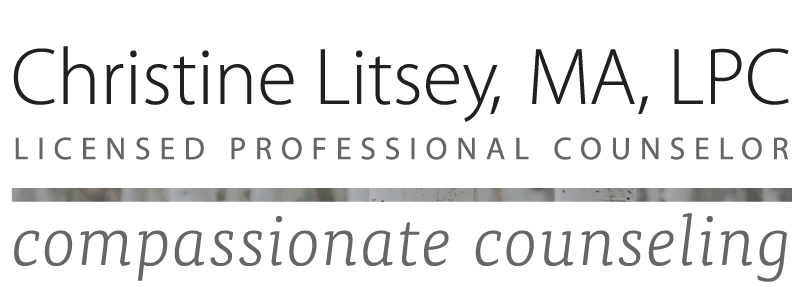Trauma is not just in your head — Understanding how your body holds trauma
/Trauma and other stress-related concerns reveal themselves in different ways, based on our unique experiences. If you feel as though your life has been or is now being impacted by trauma, it can be helpful to understand how trauma works. The definition of trauma is two-fold. It can be a particular traumatic event or a series of events, but also a description of the resulting symptoms. For example, your recent traffic accident might be the traumatic incident. The ensuing symptoms might include vivid nightmares about driving down the same highway. As a result, you now avoid travel on that highway because it activates discomfort in you, leading to more nightmares in addition to other disturbing symptoms.
Debilitating trauma and stress can result from these frightening and uncontrolled events, such as an accident, exposure to combat situations, a natural disaster, abuse, assault or violence, the loss of your home or the death or disability of a loved one. It can also be associated with personal and professional relationship issues or unanticipated or unwelcome life events. Discrimination, bullying, losing a job or living in poverty are also sources of trauma and stress. Any of these situations can affect us deeply, leading to uncomfortable or debilitating symptoms.
The clinical criteria for post-traumatic stress disorder begin with witnessing or directly experiencing disturbing or painful events, family or friends’ exposure to these traumatic events or frequent exposure to the effects of trauma on others. Other symptoms that may indicate you are suffering from the effects of trauma include unexpected or expected memories of the event, nightmares, or dissociation episodes, such as flashbacks, in which you feel like you are reliving the event, The flashbacks may surface spontaneously, prompting you to avoid thoughts, people, places or situations that remind you of the event. Perhaps you refuse to revisit a city where you were mugged or eat in a restaurant where you had a bitter fight with your partner. If you are a veteran of active combat, you may avoid being around fireworks or other loud noises. You may notice physical symptoms such as increased heart rate or a tightness in your chest when reminded of the event. As a trauma survivor, you may have negative thoughts about yourself or the world, forget important things about the traumatic event, feel hopeless about life or blame yourself for what happened. You may limit time spent with others or lose interest in your usual activities. You may be irritable, have difficulty concentrating or experience sleep problems. Any of these symptoms and the accompanying loss of control can be debilitating and lead to hopelessness.
Trauma informed therapy acknowledges that trauma is stored in the body, as the brain’s amygdala, the center of the flight, fight or freeze response, stays in an active mode long after the event occurs. Because of this, trauma survivors can re-experience their trauma, almost as though it is currently happening. Because the brain is not able to tell the difference between the past and present, the body can feel like it is under attack, fighting unseen enemies or circumstances. Trauma creates immobilization (literally, the “freeze” option), in which muscles are resistant to moving. Because this happens, effective trauma treatment must include the body as well as the brain.
There are many effective methods to work with the physical and emotional effects of trauma. Increasing levels of calm and focus can be achieved over time with work on breathing techniques, exercise, yoga, meditation and, when tolerable, soothing touch, such as massage. Creating a safe and secure place at home or in a therapist’s office can be extremely helpful. Supportive relationships with trusted family, friends, a therapist, a spiritual or religious advisor, or a therapy animal, such as a dog or cat, are important. Identifying and labeling uncomfortable body sensations can lead to acceptance and an understanding of those sensations and help you to begin learning the skills to ground yourself in the here-and-now. There are a many specific treatments for trauma such as Prolonged Exposure therapy, a form of Cognitive Behavioral Therapy, used to psychologically process trauma memories to minimize symptoms, EMDR (Eye Movement Desensitization and Reprocessing) which integrates the traumatic experience into a less threatening memory, and Somatic Experiencing which concentrates on processing the physical sensations of trauma. The treatment protocol of Bessel van der Kolk, M.D., a pioneer for the past 30 years in trauma treatment, has been used successfully, integrating body awareness and brain science to remedy the consequences of trauma.

